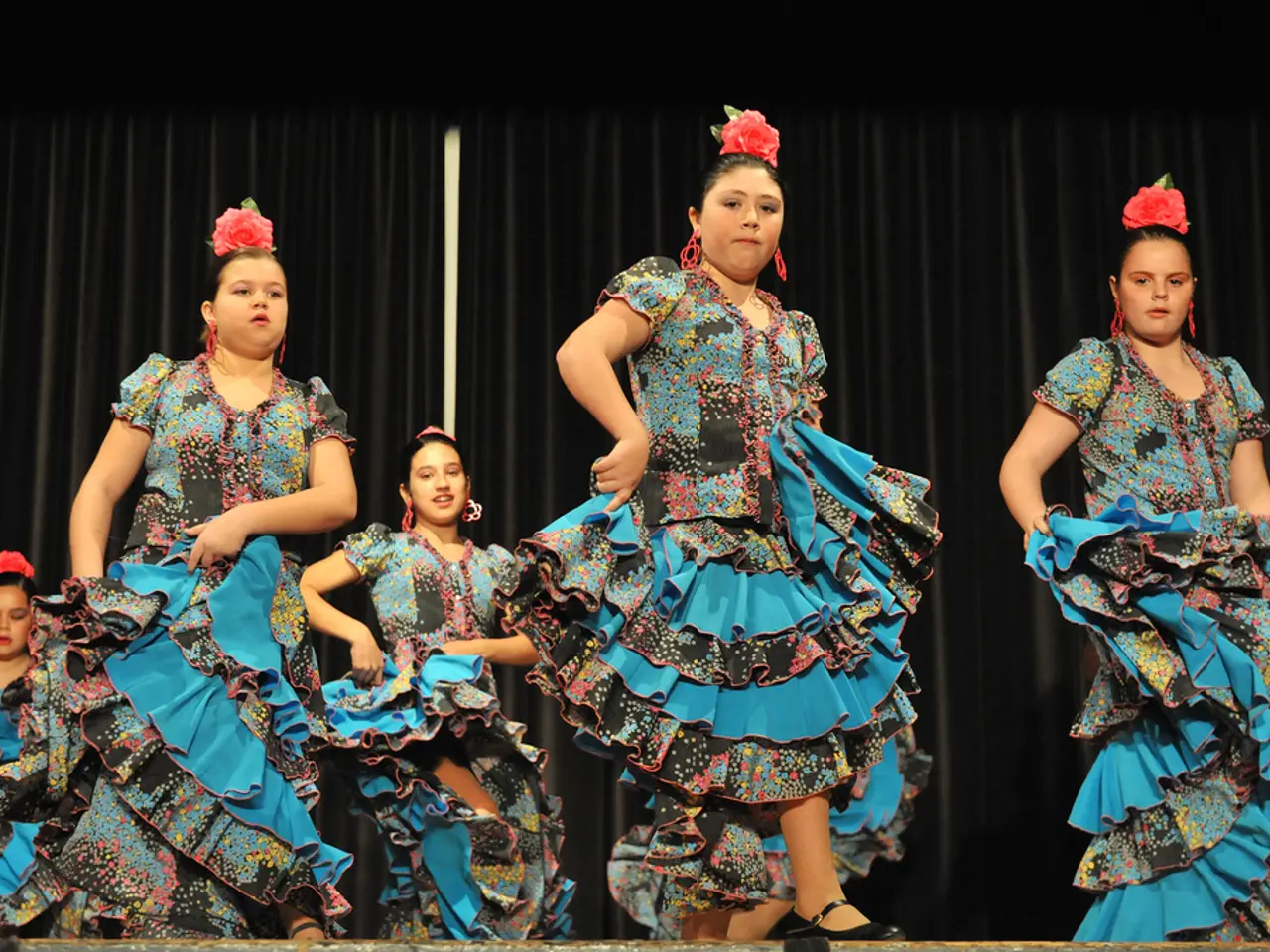Norwegian fashion industry on the rise: "Designers are assertive and aspiring to claim top positions"
In the heart of Scandinavia, Norway's fashion industry is flourishing, creating an ecosystem of unique brands and their own communities. This vibrant sector is not only intertwined with the country's rich culture but also showcases a deep appreciation for natural materials and local craftsmanship.
One of the key factors contributing to Norway's burgeoning fashion scene is the emphasis on inclusivity. A diversity guide has been created to encourage inclusive casting in fashion shows, ensuring that the industry reflects the country's diverse population.
Innovation is another driving force. Norway's historical reliance on textiles has received a new twist, with the use of 3D machines to reduce working hours and improve quality. This technological advancement is evident in the success of homegrown labels like Woodling and Pearl Octopuss.Y, who are increasingly participating in the Norwegian fashion sector rather than moving to fashion cities like Copenhagen and Paris.
Oslo Runway, a significant platform for the Norwegian fashion industry, took place at various beautiful locations in the city in 2025. The event, which showcases art, music, and modern dance, is a testament to the integration of fashion with culture, art, and music, as emphasized by Elin Carlsen, CEO of Oslo Runway. Major cultural institutions like the Munch Museum are recognising the relevance of the Norwegian fashion industry, allowing for high-profile collaborations.
The Norwegian fashion sector's unique selling point is the network of local producers, many of whom process Norwegian wool into high-quality products. The appreciation for natural materials is taught at Norwegian fashion schools, with a focus on working with natural fibers like wool. This focus on sustainability is evident in Oslo Runway's introduction of minimum social and ecological requirements for fashion design and presentation.
Norwegian companies are proud of their craft and often choose to have their products made in Norway, measuring their craftsmanship against luxury sector standards. This dedication to quality is reflected in the combined turnover of the ten largest Norwegian fashion companies, which doubled from 2020 to 2023.
The Norwegian fashion brand Holzweiler made its debut at the London Fashion Week in 2023, further cementing Norway's position on the global fashion stage. Important export markets for Norwegian fashion brands include Germany, Japan, and South Korea.
However, the industry is not without its challenges. Stylist Adam Duong criticizes the decline of larger, established Norwegian brands' involvement in Oslo Runway, noting that it primarily serves as a springboard for new labels. Meanwhile, Livid presented an anti-consumption performance at Oslo Runway, highlighting the need for sustainability and responsible consumption in the fashion industry.
Despite these challenges, the future of Norway's fashion industry looks bright, with a commitment to inclusivity, innovation, and sustainability at its core.
Read also:
- Peptide YY (PYY): Exploring its Role in Appetite Suppression, Intestinal Health, and Cognitive Links
- Toddler Health: Rotavirus Signs, Origins, and Potential Complications
- Digestive issues and heart discomfort: Root causes and associated health conditions
- House Infernos: Deadly Hazards Surpassing the Flames








